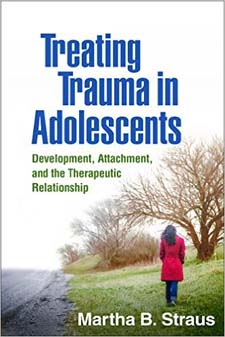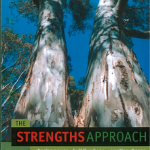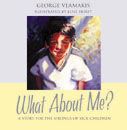This book presents an innovative and empathic approach to working with traumatized teens. It offers strategies for getting through to high-risk adolescents and for building a strong attachment relationship that can help get development back on track. Martha B. Straus draws on extensive clinical experience as well as cutting-edge research on attachment, developmental trauma, and interpersonal neurobiology. Vivid case material shows how to engage challenging or reluctant clients, implement interventions that foster self-regulation and an integrated sense of identity, and tap into both the teen’s and the therapist’s moment-to-moment emotional experience. Essential topics include ways to involve parents and other caregivers in treatment.
Contents:
- I. Theory
- 1. Attachment Theory in Development and Clinical Practice with Adolescents
- 2. The Legacy of Developmental Trauma in Adolescence
- 3. Interpersonal Neurobiology and Co-Regulation of Affect
- II. Developmental–Relational Therapy
- 4. Developmental–Relational Therapy with Traumatized Teens
- 5. Attachment Styles: Transference and Countertransference Revisited
- 6. Getting Hooked and Unhooked III. Interventions
- 7. Increasing Connection with Preoccupied and Dismissive Adolescents
- 8. Treating Dissociative Adolescents: Alternative Strategies for Healing Disorganized/Fearful Attachment
- 9. Including Parents and Families in Treatment
- 10. The Corrective Relational Ending
Author Bio:
Martha B. Straus, PhD, is Professor in the Department of Clinical Psychology at Antioch University New England Graduate School in Keene, New Hampshire. Her research interests focus on attachment relationships in adolescence and emerging adulthood, outcomes for adoptive and foster children, and interventions for traumatized children and adolescents. Dr. Straus has published several books, written many journal articles and presents and consults internationally on child and family trauma, development, and therapy. She maintains a small general private practice in Vermont.
Review:
“Straus provides a comprehensive description of her psychotherapy model for adolescents, as well as a glimpse of the creative therapist who developed it. She thoroughly presents the core principles of her approach, which rests soundly on theory and research. The many case presentations attest to the importance of developing, maintaining, and continuously repairing connections with adolescents in order to help them resolve attachment trauma and develop an integrated self. This book will find a place in the frequently-referred-to section of the bookcases of both beginning and experienced therapists who have the privilege of entering the lives of these isolated young people.”–Daniel Hughes, PhD






